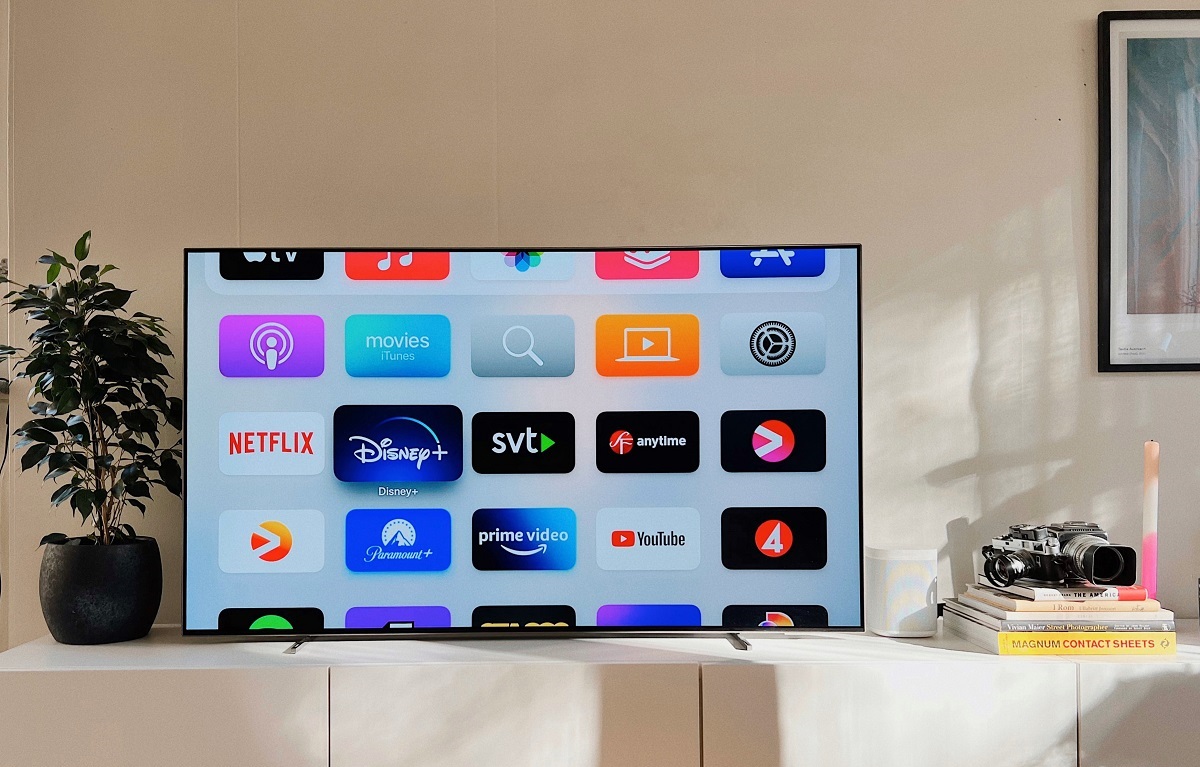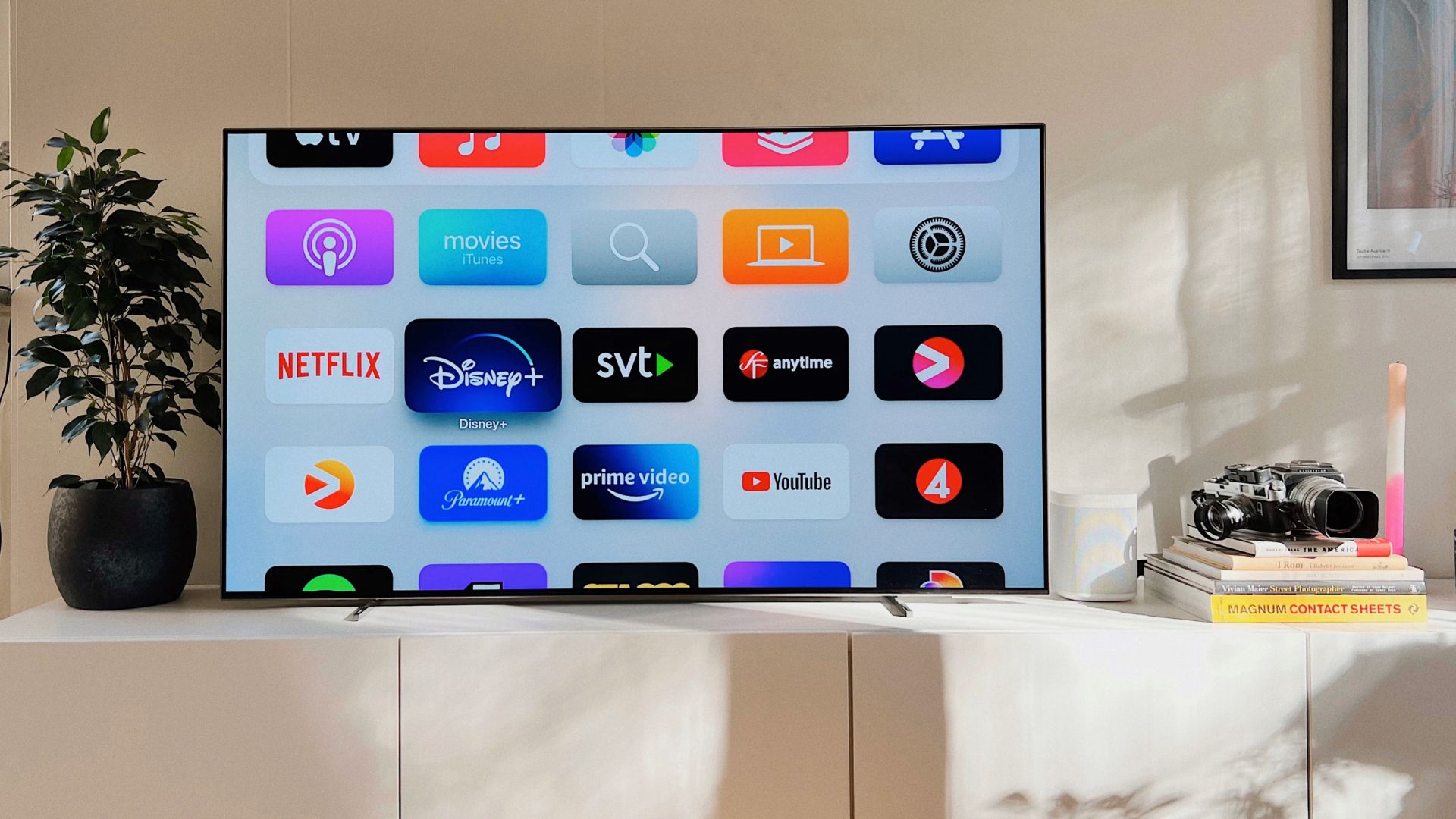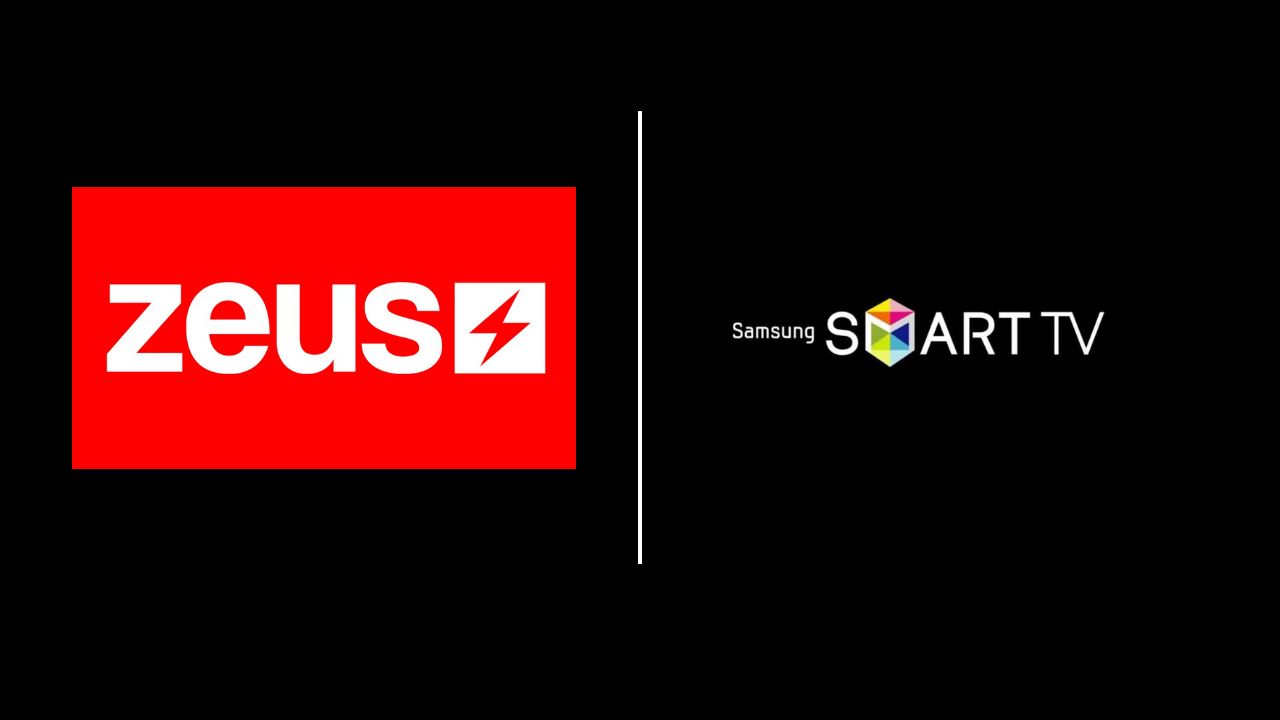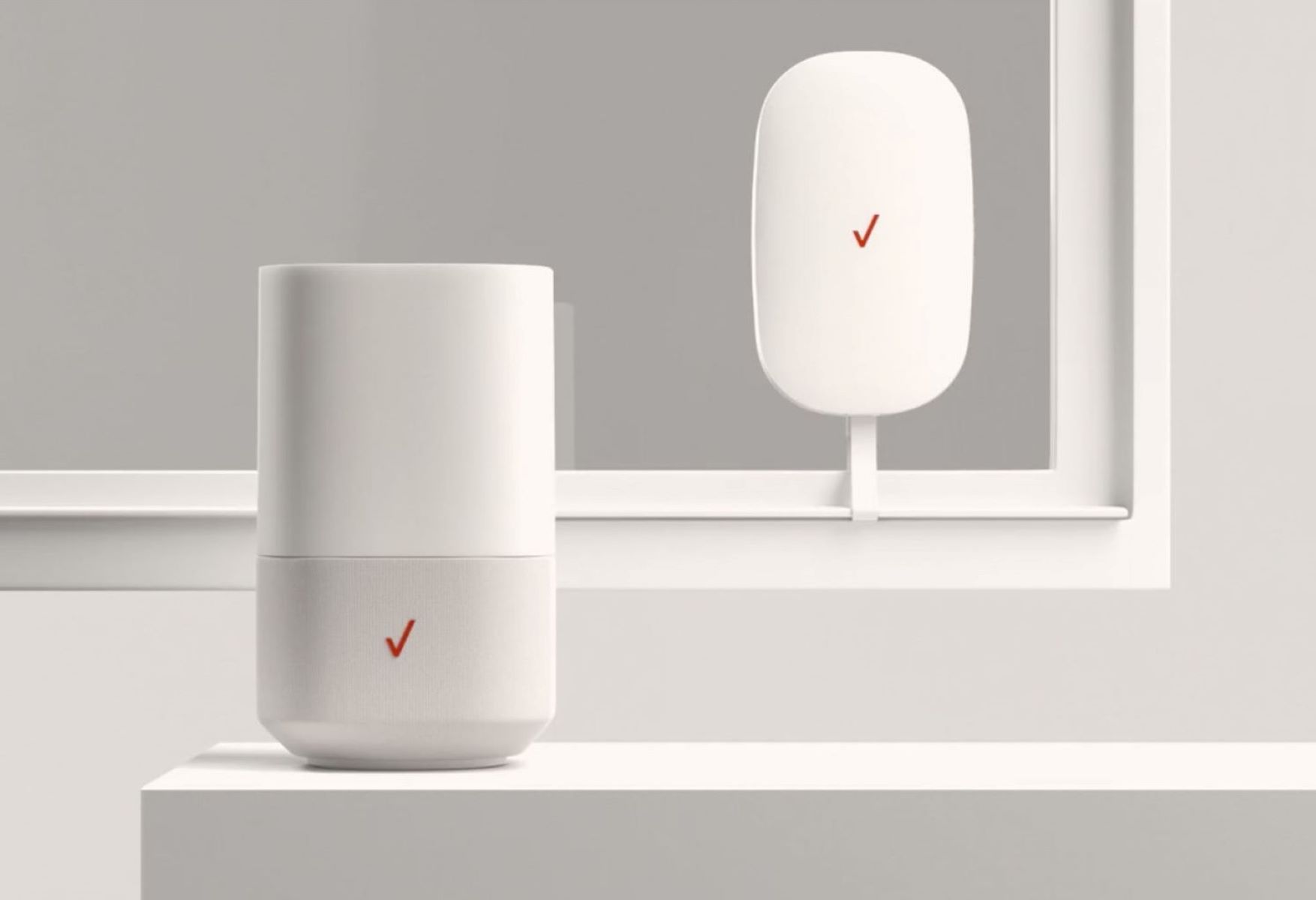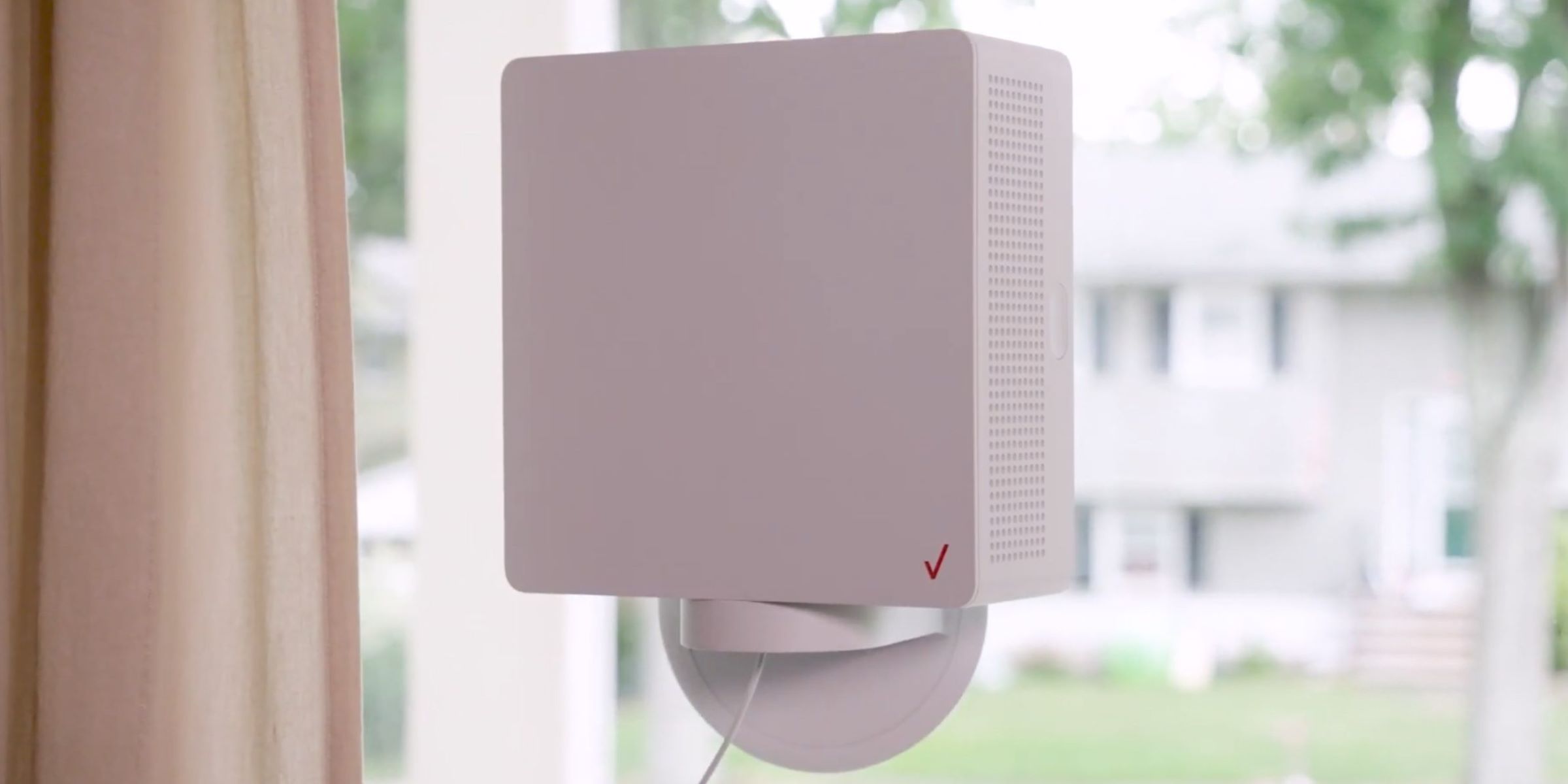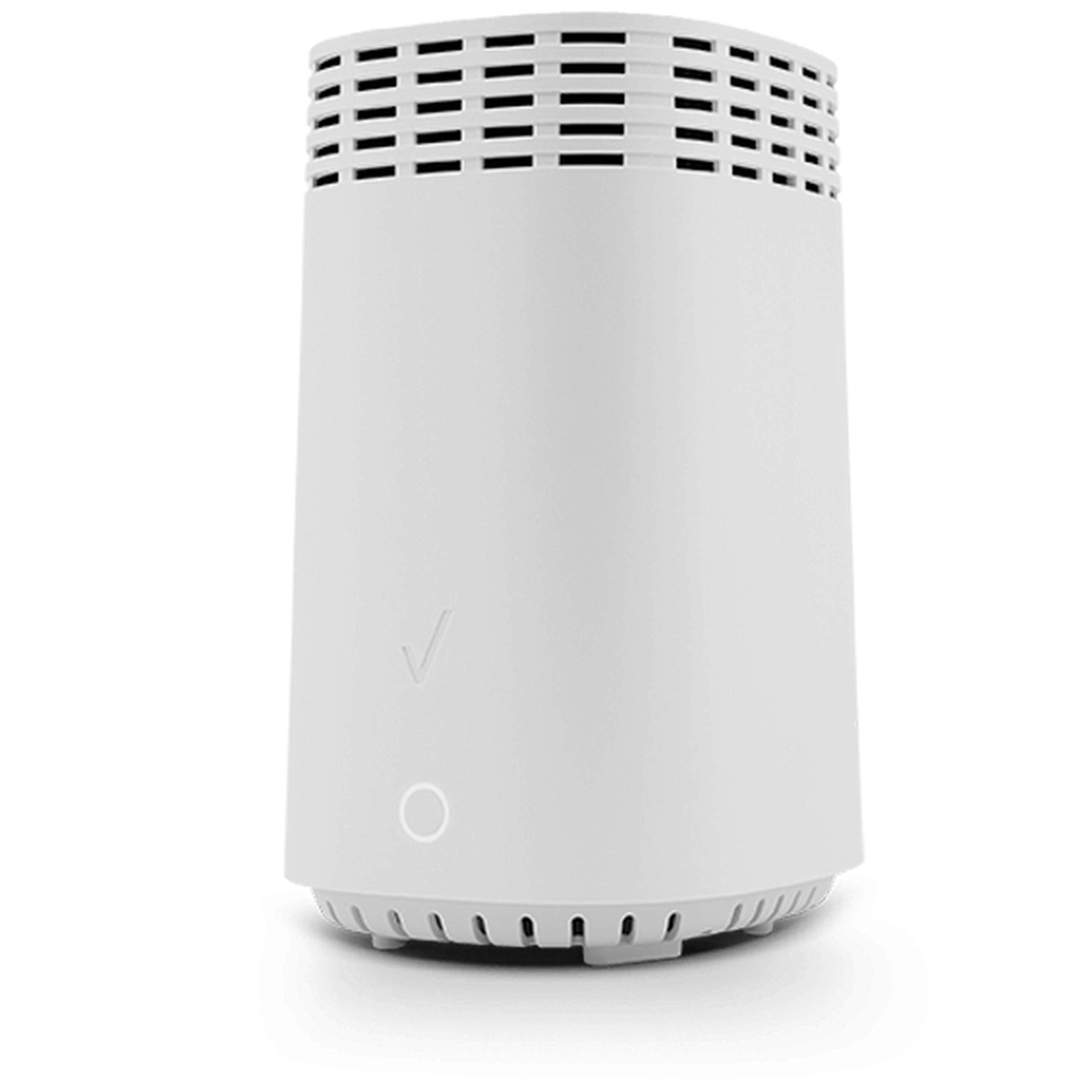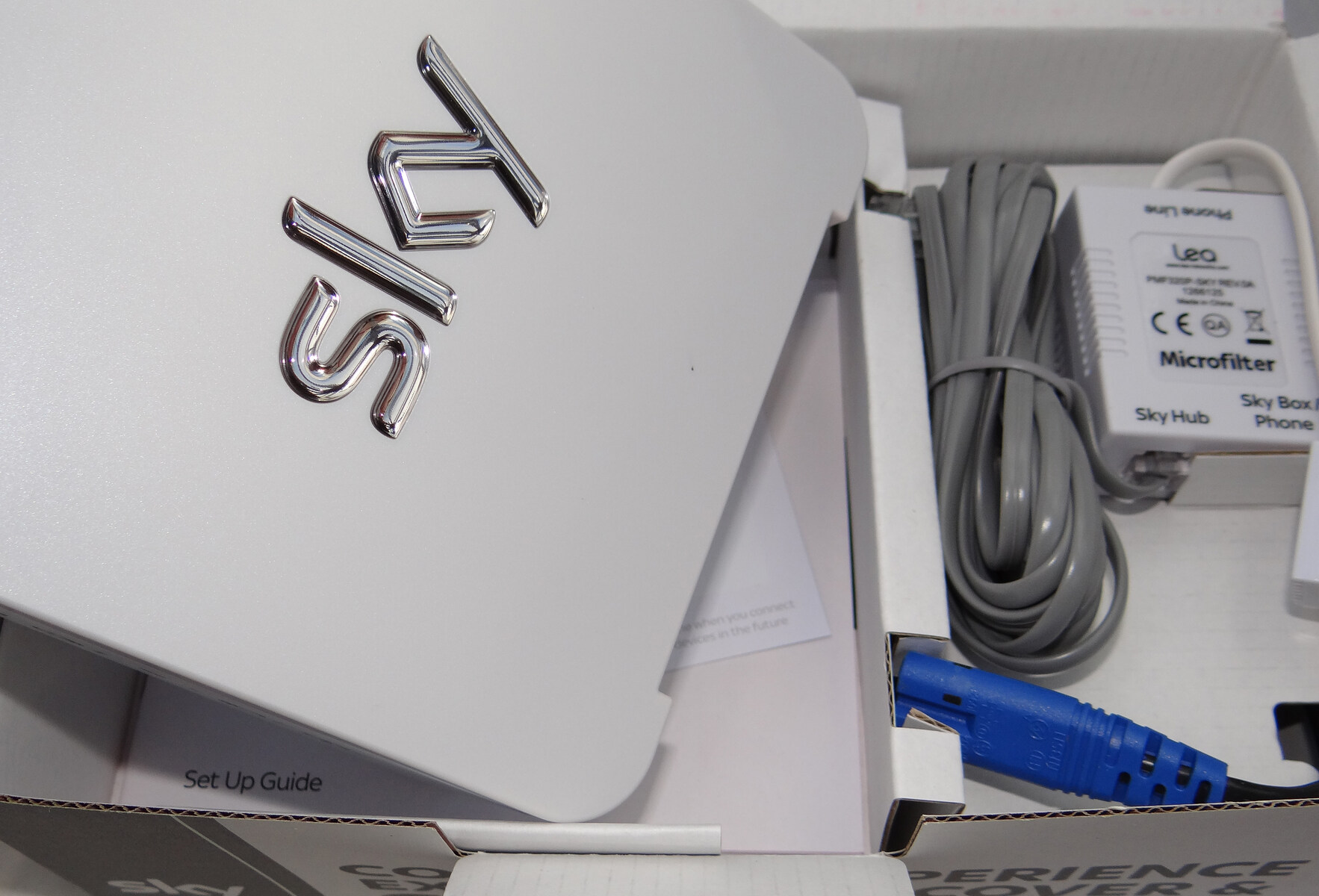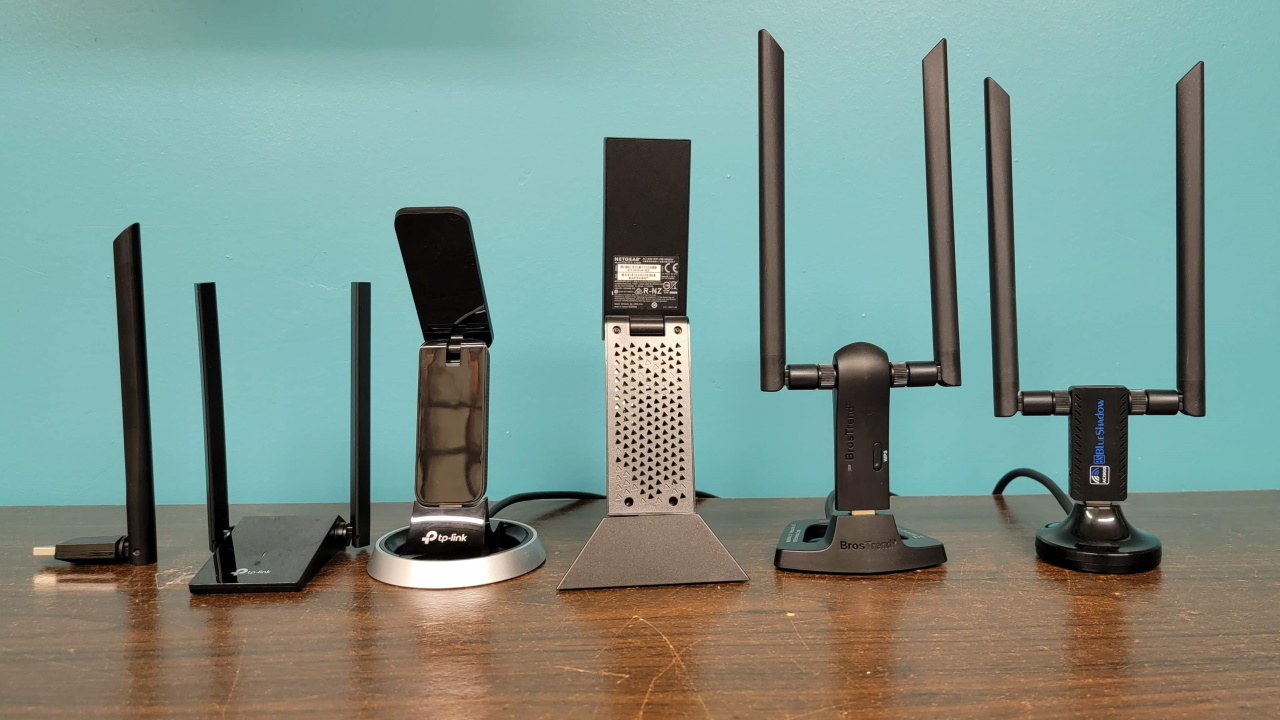Introduction
A smart TV is a revolutionary piece of technology that has transformed the way we consume entertainment in our homes. With its ability to access the internet and stream content from various platforms, a smart TV offers a vast array of entertainment options at our fingertips. However, to fully enjoy the features and capabilities of a smart TV, a reliable and fast internet connection is necessary.
In this article, we will explore the role of broadband in powering a smart TV and discuss the minimum and recommended broadband speeds needed for seamless streaming and online content consumption. We will also delve into the factors that can affect broadband speed for smart TVs and provide some useful tips for optimizing your internet connection for a better viewing experience.
Whether you’re a movie buff, a sports enthusiast, or simply enjoy binge-watching your favorite TV shows, understanding the broadband speed requirements for your smart TV is crucial. So, let’s dive into the fascinating world of smart TVs and broadband speed!
What is a Smart TV?
A smart TV, also known as a connected TV, is a television set that is equipped with internet connectivity and advanced features beyond traditional television programming. It combines the functionalities of a television and a computer, allowing users to stream online content, access social media platforms, browse the web, and even install applications.
Smart TVs come with built-in Wi-Fi or Ethernet connectivity, which enables them to connect to the internet and access a wide range of online services. With the integration of popular streaming platforms like Netflix, Hulu, and Amazon Prime Video, smart TVs have become a one-stop entertainment hub for users to enjoy their favorite movies, TV shows, and live sports events.
In addition to streaming capabilities, smart TVs often come equipped with USB and HDMI ports, allowing users to connect external devices such as gaming consoles, Blu-ray players, and sound systems. This integration provides users with a seamless multimedia experience, where they can switch between different sources of content with ease.
Moreover, smart TVs offer interactive features through the use of apps and voice commands. Users can download applications from app stores dedicated to smart TVs and access a variety of entertainment, productivity, and utility apps. Voice recognition technology enables users to control their smart TVs using voice commands, providing a convenient and hands-free experience.
Overall, a smart TV offers an enhanced viewing experience by combining traditional television programming with internet connectivity and advanced features. It opens up a world of possibilities, allowing users to access a wide range of online content and customize their entertainment experience according to their preferences.
How does Smart TV Use Broadband?
A smart TV relies on a broadband internet connection to access and stream online content. It uses the internet connection to connect to various streaming platforms, download applications, and browse the web. Broadband is essential for the seamless functionality of a smart TV, as it ensures a smooth and uninterrupted streaming experience.
When you stream content on a smart TV, such as a movie or TV show, the data is transmitted over the internet in real-time. The smart TV receives this data and decodes it, allowing you to view the content on your screen. The quality of the streaming experience, including the resolution and buffer-free playback, depends on the speed and stability of your broadband connection.
Not only does a smart TV rely on broadband for streaming, but it also utilizes the internet to download and update applications. Smart TVs often have an app store from which users can download popular streaming apps, gaming apps, and productivity tools. These applications require an internet connection to download and install updates, ensuring that you have the latest features and bug fixes.
Another way a smart TV uses broadband is for accessing web-based content and services. With an internet connection, you can browse the web on your smart TV, access social media platforms, and even shop online. This opens up a whole new world of entertainment possibilities and allows you to stay connected and updated with the latest trends and news.
It’s important to note that the bandwidth required for streaming content on a smart TV can vary depending on the resolution of the video. High-definition (HD) and 4K Ultra HD videos require faster internet speeds to deliver the best picture quality without buffering or lag. Therefore, a stable broadband connection with sufficient speed is crucial to ensure a seamless and enjoyable smart TV experience.
Minimum Broadband Speed for Smart TV
When it comes to the minimum broadband speed required for a smart TV, it depends on the quality of the content you want to stream and the devices connected to your network. However, as a general guideline, a minimum download speed of at least 5 Mbps (megabits per second) is recommended for standard-definition (SD) streaming.
With a download speed of 5 Mbps, you can expect smooth playback without frequent buffering or interruptions for SD content, such as regular TV shows and non-HD movies. Keep in mind that if you have multiple devices connected to your network simultaneously or if you have a slow internet service provider, you might need a higher minimum speed to ensure a stable streaming experience.
If you are planning to stream high-definition (HD) content on your smart TV, a faster internet connection is necessary. For HD streaming, a minimum download speed of 10 Mbps is recommended to deliver crisp and clear video quality without buffering delays. This speed allows for smooth playback of HD movies, sports events, and shows with higher resolution and detail.
For those who want to experience the ultimate in picture quality, 4K Ultra HD streaming requires an even faster internet connection. To stream 4K content on your smart TV without buffering or quality degradation, a minimum download speed of 25 Mbps is recommended. This speed ensures that you can enjoy the stunning visuals and vibrant colors that come with 4K resolution.
It’s important to note that these minimum speeds are for streaming on a single device. If you have multiple devices connected to your network, such as smartphones, tablets, or gaming consoles, you may need higher broadband speeds to accommodate the additional bandwidth requirements.
Keep in mind that the above recommendations are for a smooth streaming experience with minimal buffering and interruptions. However, you might still encounter variations in streaming performance due to factors like network congestion, distance from the router, and the capability of your smart TV’s processor.
Recommended Broadband Speed for Smart TV
While the minimum broadband speeds mentioned in the previous section provide a basic streaming experience, it is highly recommended to have faster internet speeds for a more enjoyable and reliable smart TV experience.
For most households, a download speed of at least 25 Mbps is recommended. This speed ensures smooth streaming of high-definition (HD) content on your smart TV, even when multiple devices are connected to the network. With 25 Mbps, you can stream HD movies, TV shows, and sports events without buffering delays or loss in picture quality.
If you have a 4K Ultra HD TV and plan to stream content in 4K resolution, a faster internet connection is necessary. A recommended download speed of at least 50 Mbps is ideal for 4K streaming. This speed allows for seamless playback of 4K movies, videos, and shows, providing stunning visuals and crisp detail.
Having higher broadband speeds not only enhances the streaming quality but also ensures smoother browsing, faster app downloads, and better overall performance of your smart TV. Faster internet speeds also allow for quicker loading times, reducing the wait between selecting a show or movie and actually watching it.
Additionally, if you have multiple smart TVs or devices that are simultaneously streaming or downloading content, it is advisable to have even higher broadband speeds. This helps distribute internet bandwidth efficiently across different devices, preventing slowdowns or interruptions.
It’s important to remember that these recommended speeds may vary based on your specific requirements and the quality of service provided by your internet service provider. Factors such as the distance from the router, network congestion, and the capability of your smart TV’s processor may also impact the streaming performance.
Therefore, it is beneficial to consult with your internet service provider to determine the most suitable broadband speed for your specific smart TV setup and usage. They can assess your needs and recommend the appropriate plan to ensure that you get the best streaming experience possible.
Factors Affecting Broadband Speed for Smart TV
Several factors can affect the broadband speed of your smart TV, influencing the quality of your streaming experience. By understanding these factors, you can take necessary steps to optimize your internet connection and ensure smoother playback of your favorite shows and movies.
1. Internet Service Provider (ISP): The performance of your broadband connection relies heavily on the service provided by your ISP. Different ISPs offer varying connection speeds and bandwidth capacities. If you’re experiencing slow internet speeds, consider contacting your ISP to inquire about your plan and explore if there are faster options available.
2. Network Congestion: Network congestion occurs when there are high volumes of internet traffic at a specific time, typically during peak hours. This can lead to decreased broadband speeds. If you consistently experience slow speeds during certain times of the day, consider adjusting your streaming schedule to avoid congested hours, or consider upgrading to a higher-speed internet plan.
3. Router Placement: The placement of your Wi-Fi router can affect the signal strength and overall performance of your smart TV’s internet connection. Ensure that your router is positioned in a central location, away from obstructions like walls and other electronic devices that can interfere with the signal. This will help minimize signal loss and improve the reliability of your connection.
4. Wi-Fi Interference: Interference from other electronic devices, such as cordless phones, microwaves, and neighboring Wi-Fi networks, can disrupt the signal quality of your Wi-Fi connection. To minimize interference, make sure your router operates on a less crowded frequency band and consider using a dual-band router that can switch to a less congested band if needed.
5. Device Limitations: The capabilities of your smart TV’s hardware and processor can influence its ability to handle high-quality streaming. Older models may have limitations when it comes to processing large amounts of data, resulting in slower buffering times and decreased streaming quality. If you consistently encounter performance issues, you may consider upgrading to a newer smart TV model with more advanced processing capabilities.
6. Distance from the Router: The distance between your smart TV and the Wi-Fi router can impact signal strength and performance. The further away your smart TV is from the router, the weaker the Wi-Fi signal may become, which can lead to slower internet speeds. Consider installing Wi-Fi range extenders or utilizing mesh Wi-Fi systems to improve coverage throughout your home.
By identifying and addressing these factors, you can optimize your broadband speed and enjoy a better streaming experience on your smart TV. It’s important to regularly monitor and assess your internet connection, making adjustments and upgrades as needed to ensure a seamless and uninterrupted viewing experience.
Tips for Improving Broadband Speed for Smart TV
Slow internet speeds can be frustrating, especially when it comes to streaming on your smart TV. To optimize your broadband speed and improve your overall streaming experience, consider implementing the following tips:
1. Upgrade your internet plan: Contact your internet service provider (ISP) to inquire about faster internet plans that better suit your streaming needs. Upgrading to a higher-speed plan can significantly improve your broadband speed and ensure smoother streaming on your smart TV.
2. Use a wired connection: While Wi-Fi is convenient, a wired connection can provide a more stable and reliable internet connection for your smart TV. Connect your smart TV directly to the router using an Ethernet cable to avoid signal interference and maximize your internet speed.
3. Place your router strategically: Position your Wi-Fi router in a central location within your home to ensure better Wi-Fi coverage. Avoid placing it near metal objects or appliances that can disrupt the signal. Optimal router placement can lead to stronger and more consistent Wi-Fi signals for your smart TV.
4. Reduce network congestion: Limit the number of devices connected to your network, especially during prime streaming times. Close any unused applications and devices that may be consuming bandwidth unnecessarily, ensuring that your smart TV has access to sufficient network resources.
5. Optimize your Wi-Fi signal: Improve your Wi-Fi signal strength by setting your router to transmit on a less congested frequency band. This can help minimize interference from other devices and neighboring networks, allowing for faster and more stable Wi-Fi for your smart TV.
6. Update your router firmware: Check for firmware updates for your router regularly. Router manufacturers often release firmware updates that can improve the performance and security of your device. Keeping your router updated ensures you are benefiting from the latest optimizations and enhancements.
7. Use a mesh Wi-Fi system: If you have a large home or frequently encounter Wi-Fi dead zones, consider installing a mesh Wi-Fi system. This network setup utilizes multiple access points to extend Wi-Fi coverage throughout your home, ensuring a stronger and more reliable signal for your smart TV.
8. Limit background applications: Close any unnecessary applications running in the background on your smart TV. These applications may consume bandwidth and impact your internet speed. By closing them, you can allocate more network resources to your streaming activities.
9. Clear your cache: Over time, the cache on your smart TV can accumulate and impact its performance. Clearing the cache regularly can help improve its speed and responsiveness. Refer to your smart TV’s user manual or settings menu to find instructions on clearing the cache.
10. Consider a Wi-Fi extender or powerline adapter: If your smart TV is located far away from your router and you are experiencing weak Wi-Fi signals, you may want to invest in a Wi-Fi extender or powerline adapter. These devices can help extend the Wi-Fi coverage or use your home’s electrical wiring to deliver a wired connection to your smart TV.
By implementing these tips, you can optimize your broadband speed for your smart TV and enjoy seamless streaming of your favorite shows, movies, and more.
Conclusion
In conclusion, a reliable and fast broadband connection is essential for a seamless and enjoyable smart TV experience. Whether you’re streaming movies, TV shows, or sports events, having the appropriate broadband speed ensures smooth playback without buffering delays or interruptions.
For standard-definition (SD) streaming, a minimum broadband speed of 5 Mbps is recommended, while high-definition (HD) streaming requires a minimum speed of 10 Mbps. If you want to experience the ultimate in picture quality with 4K Ultra HD streaming, a minimum speed of 25 Mbps is ideal.
However, it’s important to note that these are just minimum and recommended speeds. Various factors, such as your internet service provider, network congestion, device limitations, and the placement of your router, can affect the actual broadband speed and streaming performance of your smart TV.
To optimize your broadband speed for your smart TV, consider upgrading your internet plan, using a wired connection, strategically placing your router, and optimizing your Wi-Fi signal. Additionally, reducing network congestion, updating your router firmware, and limiting background applications can also help improve your streaming experience.
Remember, a seamless streaming experience not only relies on fast broadband speed but also on factors like the capabilities of your smart TV’s hardware and processor. Upgrading to a newer model with advanced processing capabilities can further enhance your streaming performance.
By following these tips and understanding the factors that affect broadband speed for smart TVs, you can ensure that you have a reliable and fast internet connection for enjoying your favorite content on your smart TV.
So, dive into the world of smart TVs, explore the vast array of online content, and immerse yourself in a truly captivating entertainment experience!







